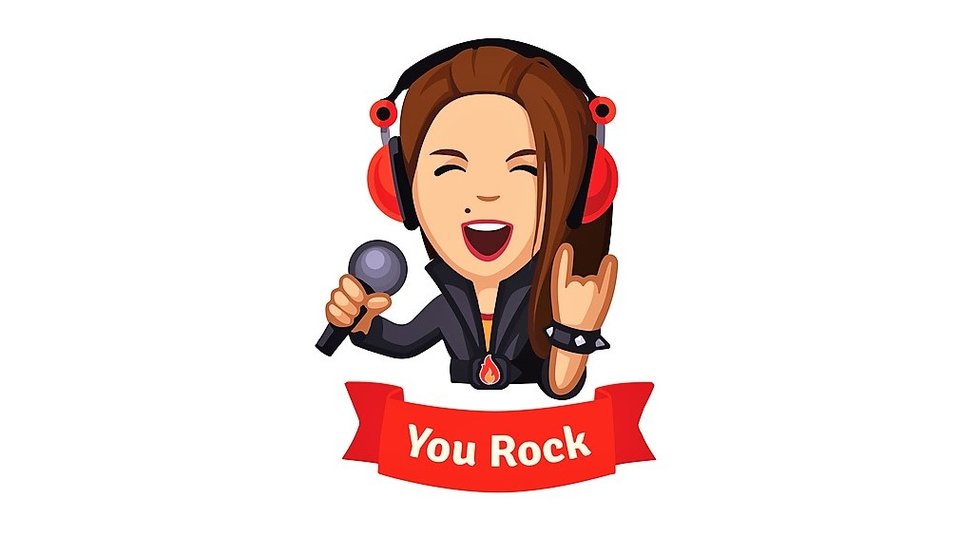Commentary
Who’s your favorite celebrity avatar?
Having a celebrity avatar representing a brand pop up all over the place in ads, on smartphone, on interactive kiosks and on digital signs is the next revolution in digital marketing.

August 3, 2020 by Stuart Rogers — Chief Executive Officer, Agora Brands Group
What is an avatar? For many it is something associated with video games or films. Gollum is an avatar in "The Lord of the Rings." Miquela is an avatar on Instagram.
Avatars can be representations of people that you know, of totally fictitious creations and even of yourself. And like Gollum and Miquela, avatars can be celebrities as well.
Think of your favorite celebrity as an avatar and imagine how wonderful it would be to have daily contact with that avatar.
Many people regard celebrities as important in their lives, and celebrity avatars can provide an easily accessible representation of favorite celebrities.
There are numerous benefits to an organization deploying avatars on their interactive kiosks including increasing end client repeat traffic and loyalty. One way to do that is to associate your brand and service delivery with the interactive avatar of a famous celebrity. People love celebrities, and giving your customers the ability to get help and support from a celebrity avatar is the future of branded service delivery.
Celebrity avatars make a lot of business sense in both consumer and corporate settings.
For consumers, having access to their favorite celebrities on their smartphones and tablets has the potential to add measurably to their lives.
For companies, making a strong connection between their products or services and a familiar celebrity avatars reinforces and strengthens their brand awareness and could lead to increased market share.
Having a celebrity avatar representing a brand pop up all over the place in ads, on smartphone, on interactive kiosks and on digital signs is the next revolution in digital marketing.





